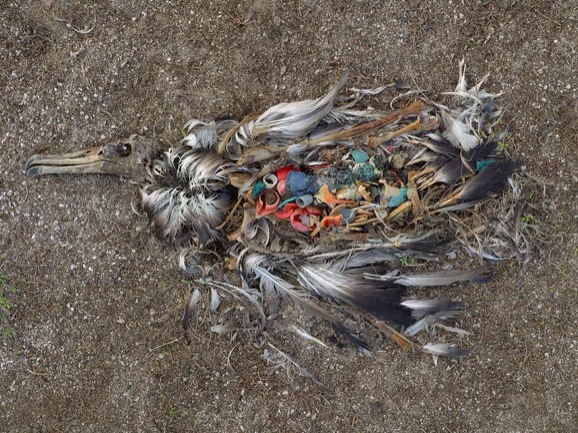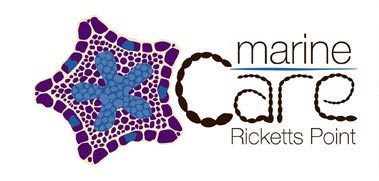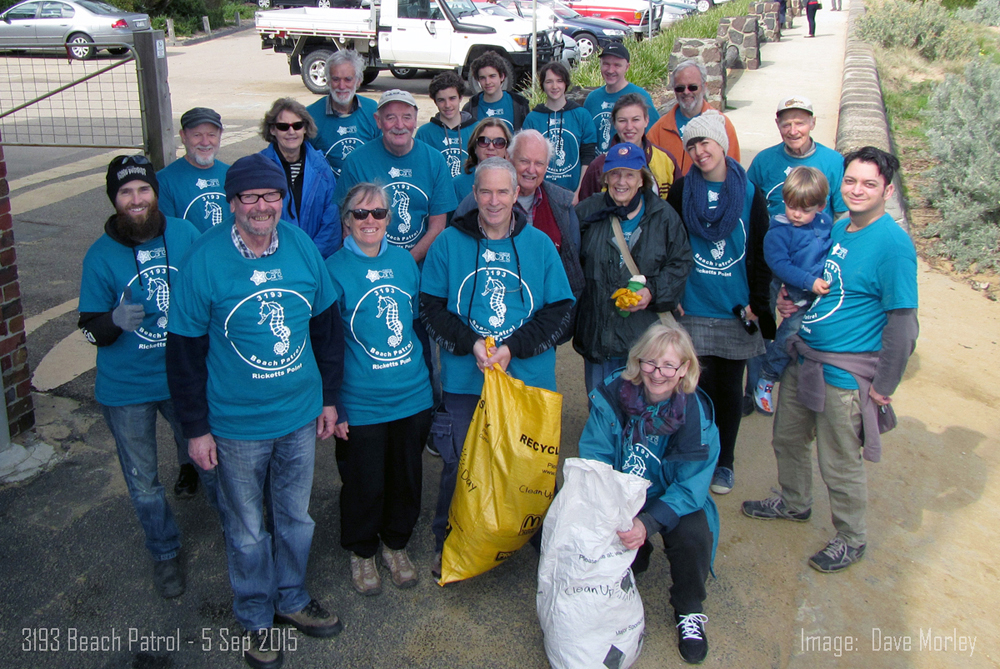By 2050 there will be more plastic in the earth’s oceans than weight of fish! (World Economic Forum, 2016)
Plastics are so ubiquitous that we don’t even notice them. Plastic bags, bottles, nappies, balloons, cigarette butts – very little manages to get into recycling. They blow around, end up down drains, and invariably end up in our Bay and the oceans.
But they are now one of our greatest threats to bird and marine life. And deaths are slow, painful and inevitable.
We need to minimise using and then recycle our plastics. If everyone does just a little bit, we can solve this problem.
Read up on it below.
Further information
- Google ‘images of plastics pollution’
- Australian Senate Report, April 2016: Toxic Tide: The Threat of Marine Plastic aph.gov.au
Also follow these links:
www.marineconservation.org.au/pages/plastic-pollution.html
www.plasticpollutionsolutions.com.au/
www.boomerangalliance.org.au/marine_plastic_pollution
www.nrdc.org/stories/10-ways-reduce-plastic-pollution
https://sloactive.com/plastic-pollution/
Why do we remove litter?

- Plastic items enter the food chain via the marine environment. Plastics break down into smaller and smaller parts. They can persist in the environment for centuries. Plastics act like sponges and absorb contaminants in sea water, notably heavy metals such as lead, mercury and cadmium. Impacts of plastics on the whole food chain are not yet known. 95{f4ddb3968dcd7f56b32109dd04da57b283110776697e53ecc8ee69461189c87a} of litter in Port Phillip Bay comes from the stormwater drains across metropolitan Melbourne.
- Fragments and larger plastic items are ingested by birds, mammals and aquatic life, such as fish and seals. Some sea birds ingest and regurgitate these items to feed their young. They are indigestible, the toxins cause illness and the sharp edges can tear internal organs. For example, post mortems of Flesh-footed shearwater birds on Lord Howe Island indicate that 95{f4ddb3968dcd7f56b32109dd04da57b283110776697e53ecc8ee69461189c87a} of these birds have some plastic in their stomachs and young chicks have so much plastic in their gut they cannot survive.Metal and glass objects present a risk of injury to beach users and potential risk to aquatic life, not to mention the unsightliness.
- Cigarette butts – cigarette filters are designed to accumulate smoke components including toxic chemicals, such as cadmium, lead, arsenic and zinc. Littered butts leach these chemicals out, polluting surrounding soil and water. An estimated 350,000 cigarette butts enter Port Phillip Bay every day. Most have been dropped in the streets in the Bay’s catchments and are washed into the stormwater system by rainfall and then into the bay.
How can I find out more about Other Beach Patrols?
Go to www.beachpatrol.com.au
PLASTIC BAGS BAN
South Australia, the Northern Territory, the ACT and Tasmania already have plastic bag bans. Queensland plans to ban them from 2018.
www.plasticbagfreevictoria.org/
www.boomerangalliance.org.au/plastic_bags
CONTAINER DEPOSIT SCHEME
Schemes are in place in South Australia and the Northern Territory. New South Wales intends to start a scheme in 2017, and Queensland and Western Australia in 2018.
www.beachpatrol.com.au – library – the case for a container deposit scheme
www.boomerangalliance.org.au/cash_for_containers
DON’T USE BALLOONS
See Melbourne Zoo’s ‘Don’t use balloons for celebrations/memorials – blow bubbles instead’ campaign

